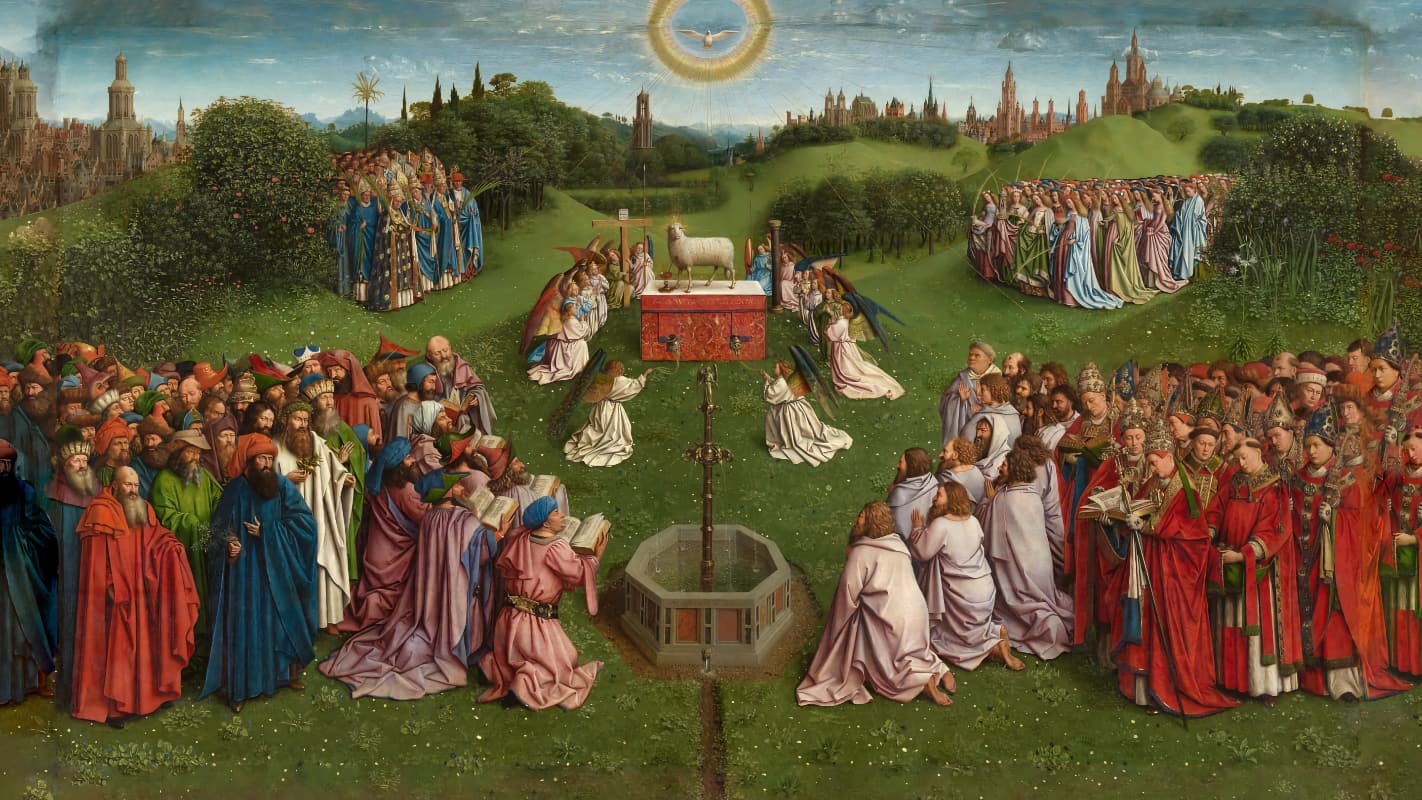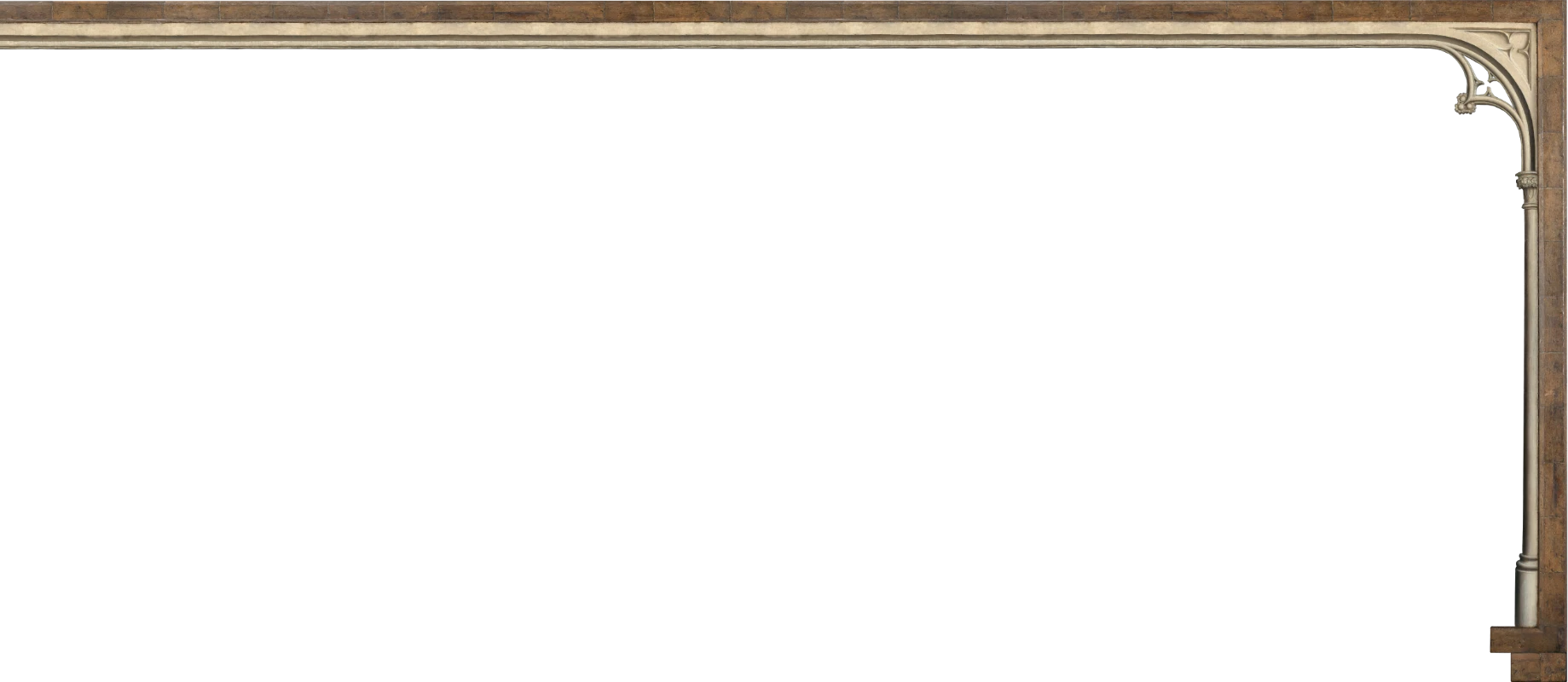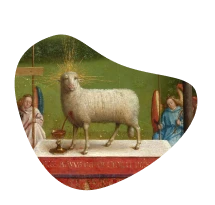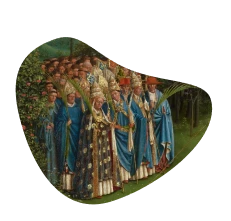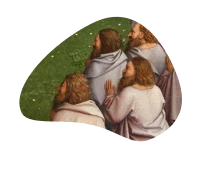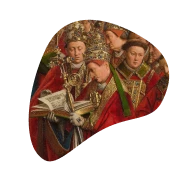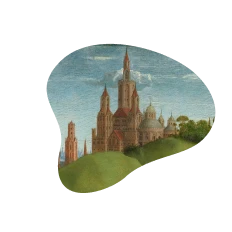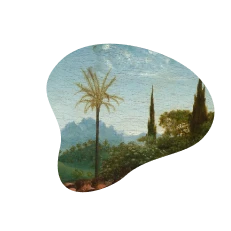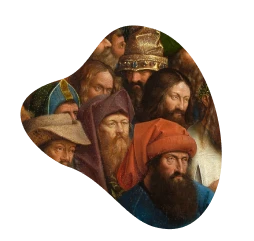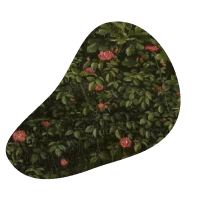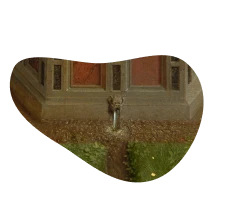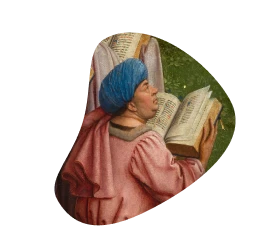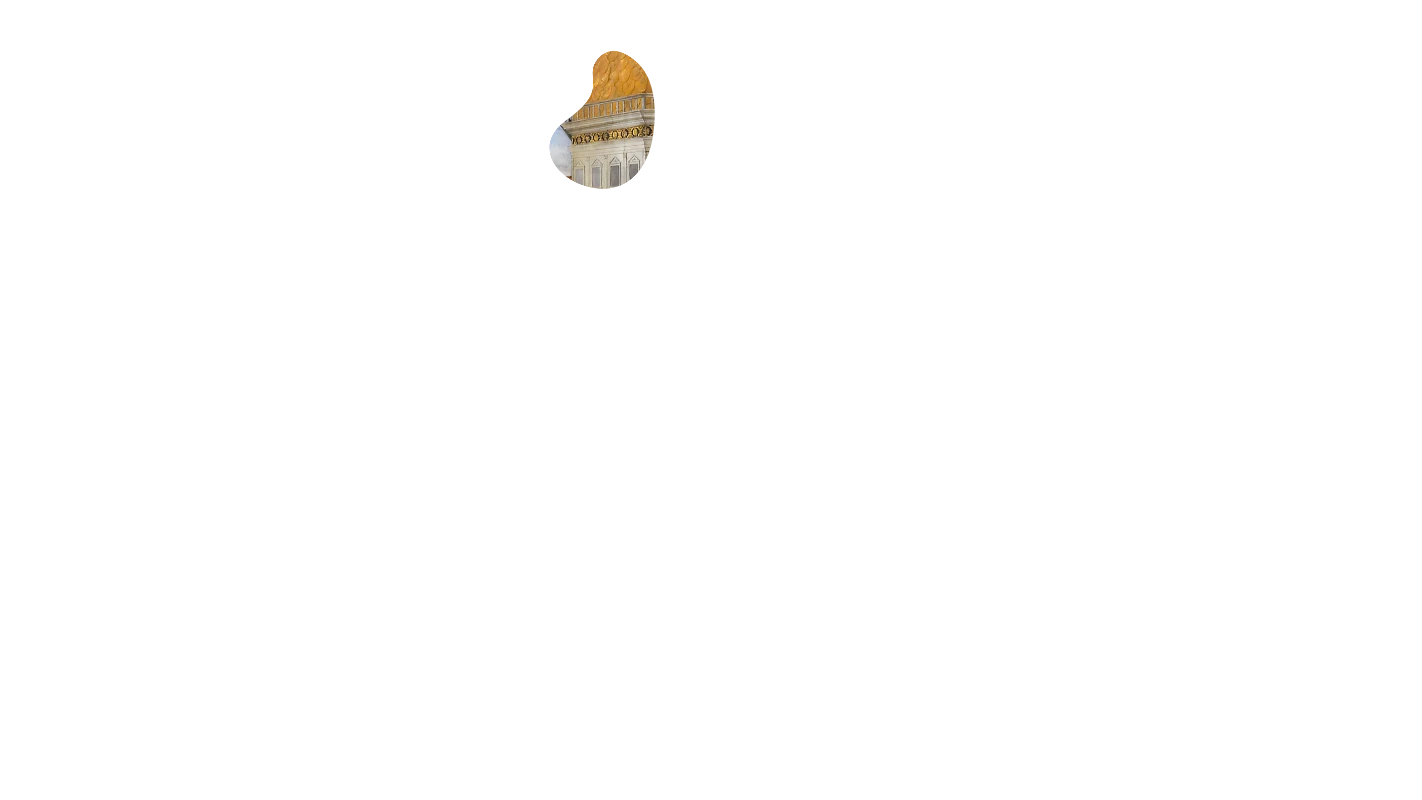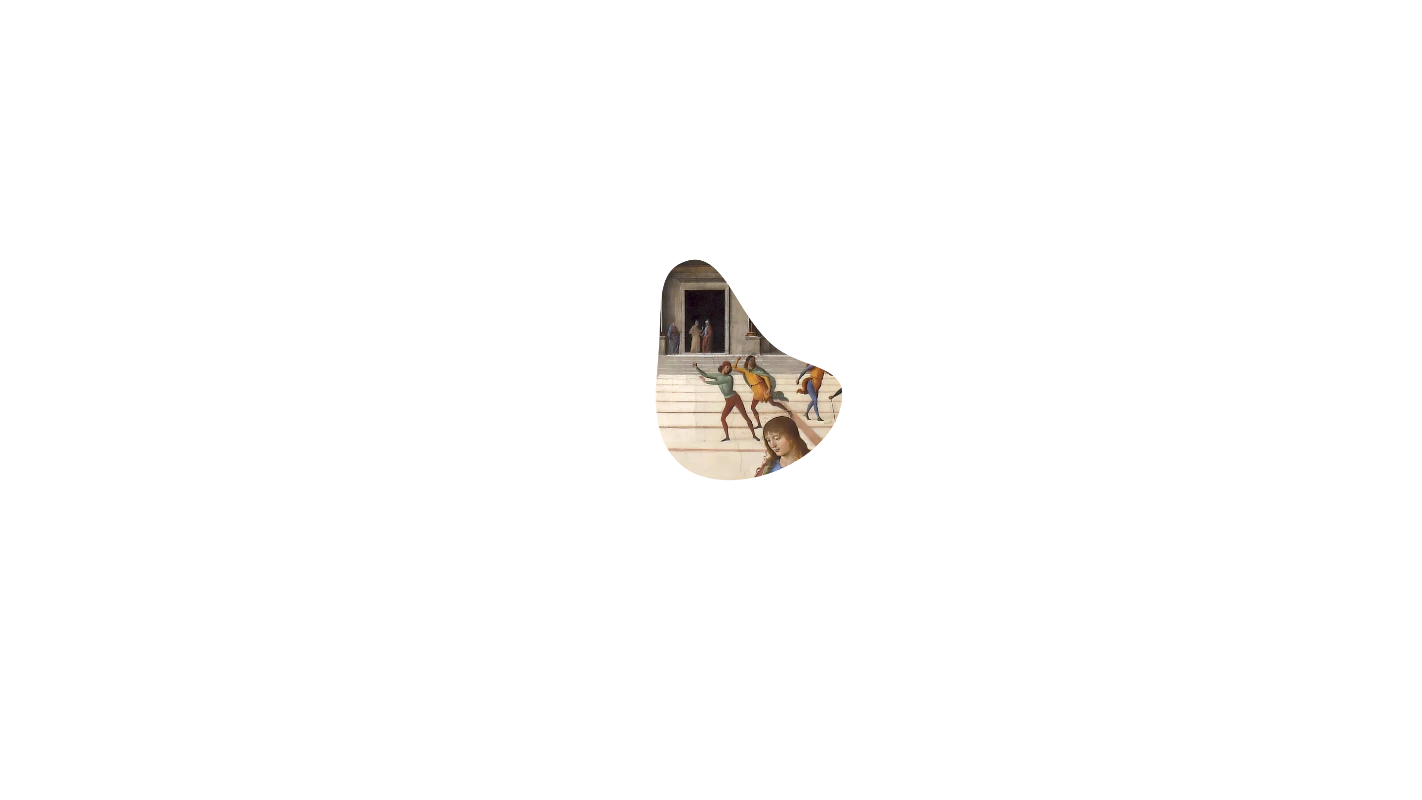Josquin’s Missa Mater Patris is one of his most forthright compositions, full of daring in a bracingly simple style. In many people’s minds “simple” tends to mean “early” when categorizing an artist’s output. But where the simplicity is the result of an artist having refined something which has evolved over a lifetime, then it can also indicate “late,” as many elderly writers, painters, and musicians have shown over the centuries—Arvo Pärt is a current example. And paring down a highly developed method is exactly what Josquin shows in Mater Patris. Gone is the dense polyphonic argument of so much of his earlier music. In its place are light, open textures delivered with a good deal of wit, even playfulness.
In Mater patris Josquin quotes the music of a contemporary—Antoine Brumel—the only time in all his masses.
Alongside the unusual style of Mater Patris are Josquin’s detailed references to the music of Antoine Brumel. These also are unusual, since this is the only time in all his masses that Josquin quoted the music of a contemporary—and he went to unheard-of lengths with these quotations, most remarkably in the third Agnus Dei. Furthermore, for the rest of the composition Josquin derived all his principal themes from Brumel’s work. It seems likely, then, that he was close to Brumel in life, and decided to write a homage to him, perhaps shortly after his death in either 1512 or 1513. Whether this would make Mater Patris Josquin’s last mass setting depends on the date one gives to his Missa Pange lingua, which has long been said to represent his last thoughts in setting the texts of the Ordinary. However, the possibility remains that Josquin as an old man, after all the serious work, felt able to turn his hand to music which wears its learning lightly.
Mater Patris essentially has only two types of writing: highly imitative duets and solemn chord blocks which often round them off.
Unlike closely argued mass settings such as Gaudeamus or Sine nomine, Mater Patris essentially has only two types of writing, and these act as the perfect foil to each other: highly imitative duets, mostly sung by the two middle parts, and the solemn block-chords which often round them off. In addition to this there are three lengthy duets, all of them strict canons: “Pleni sunt caeli” at the second above; the Benedictus at the second below; and the second Agnus Dei at the unison. Their length is determined by the amount of repetition in the music, something which characterizes the mass as a whole and is derived from the Brumel model (the “Hosanna” quotes Brumel’s “exaudi” motif thirty-four times and at every modal pitch).
And then there is the third Agnus Dei, the astonishing crowning glory, where Josquin swallowed Brumel’s Mater Patris almost whole, making it form the three middle voices of a five-voice texture, the outside voices being newly composed. My favorite moment is just before the final block-chord statement of “Agnus Dei” where Josquin has added his own two parts to what was a duet in the model. He has heard the possibilities in the Brumel so clearly that his own inventions are just as interesting, especially the manner in which the bass keeps repeating the same two notes under Brumel’s music.
© Peter Phillips / Gimell Records
